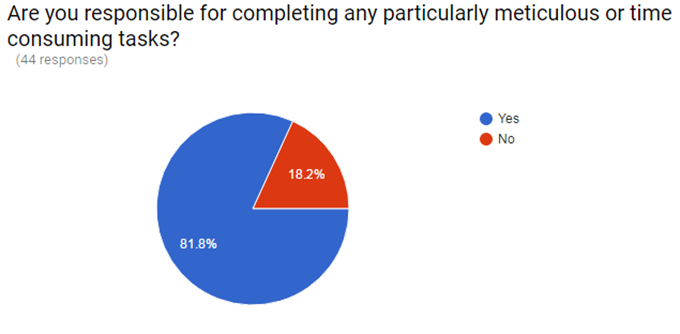TwIn part one of this series, Clark Twiddy, Chief Administrative Officer of Twiddy & Company, shared some best practices from the first of three phases of Twiddy’s journey to becoming a data-driven SMB. This post focuses on phases two and three of their journey. (Read the whole series here.)
Phase two is about action. Now that everyone is on board with using data and analytics Twiddy is putting it to work. Twiddy’s regular activities include developing pricing models, updating data systems and improving operational efficiency. Phase three is all about the future. Now that they see the potential of data and analytics they have an opportunity to grow the business in previously unanticipated ways. As Clark and I spoke, three major success factors stood out for these two phases.
1. Align skills to business vision and goals
When Twiddy set out to build analytic competency they relied heavily on standard reporting and BI supported by a few systems-oriented users. There were a few people who were good at math, but not enough to support analytic growth. Once they had a handle on the value of data and a vision for how it could inform the business they set out to build analytic skills within the organization and bring in new talent. Employees had access to training and education, in addition regular exposure to data outcomes and use in the form of lunch and learns, videos and presentations by senior leaders. Today they have a small, but mighty team, with subject matter expertise, strong modeling skills and computer science capabilities. They have hired two software engineers from North Carolina State University to lead the model development in the SAS environment.
2. Pay close attention to redundant activities
The image below is from an employee survey designed to help senior leaders understand the use of SAS across functional groups; 51 people responded, 82 percent of which use SAS. The image shows the response to a question about meticulous or time-consuming tasks. Even with all the great progress. Twiddy has made there are still some areas they wish to improve on. Clark and other senior leaders know there are still too many spreadsheets floating around and too much information calculated individually.

3. Keep your core strong while expanding your reach.
For over 35 years, Twiddy has delivered a seamless rental experience for vacationers and rental homeowners. They know the vacation rental industry. “SAS has allowed us to assume a role of thought leader within the vacation rental business.” Clark went on, “You can grow a company on the revenue side, drive efficiencies and expanding market share but the ultimate long-term question for us is: Did we create something proprietary that is replicable in other markets?” They have empowered themselves with the right people, data and technology to develop new business models.
Having the right tools and skills in-house to is opening new doors for Twiddy. They are now exploring ways to sell proprietary models (built using advanced analytic techniques) to real estate service providers in other geographic markets. Twiddy’s story shows just how persistence, patience, data and analytics, pay off for businesses of all sizes. If you're inspired by this story and want to know more, learn how SAS can help you grow your SMB.

1 Comment
Thanks for the great article Analise...I think your points are straight on.
One additional point we've found this summer...we were fortunate to welcome over 20 interns from different universities to the Outer Banks where they helped us with a wide variety of tasks. A few comments that I thought would be of particular interest to SAS fans are as follows, described in our exit interviews upon their return to school:
"Being able to stay close to home and find an internship that was relevant to my major was important to me. Twiddy having access to and using SAS was a huge part in me coming to work. Being able to learn and understand this software is essential in my field." -- NC State Intern
"The SAS headquarters are nearby me in Cary, and many people within my major have interned there in the past, or would love to be able to have access to and learn to use SAS in a business context." -- UNC Intern
"Staff were instrumental in my learning of SAS. Not sure if it was planned for me to learn certain things in the order I did, but the way it worked out was great. Starting in Web Report Studio, moving to SAS EG, then SAS BI Dashboards, back to Web Report Studio, and learning SAS IM was a great progression and a good way to learn how to use each application." -- NC State Intern
In short, smart people are excited to use this platform and us having it linked us to some great talent this summer--what a nice outcome.